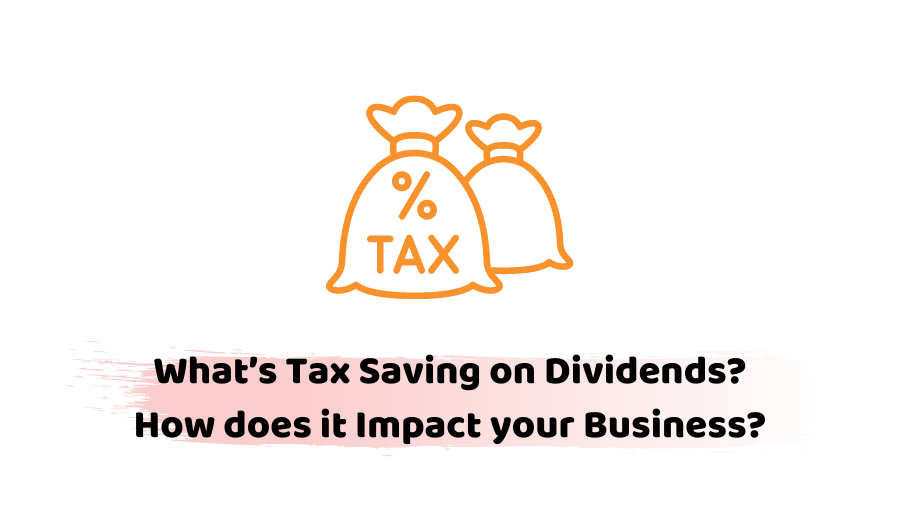Tax accountants help you with tax saving. This may be a particularly useful strategy in a close- or family-owned company. The total cut was £5,000 a year to £2,000 from 6 April 2018. The tax rates on dividend income, remain at 7.5% for basic rate taxpayers, 32.5% for higher rate taxpayers and 38.1% The amount of tax payable on dividend income is the income an individual that you’ve received during a tax year. This includes earnings, savings, dividends, and non-dividend income. The amount of dividend tax paid depends on which tax band the first £2,000 falls in. This is the standard identified by tax accountants
Accelerating payment- Procedure Highlighted by tax accountants
The timing of the dividend payment has an impact on the directors’ and shareholders’ personal tax. A dividend is not paid until the shareholder receives the funds as per tax accountants. The dividend amount is at the disposal as per tax accountants. For example by a credit to a loan account on which the shareholder has the power to draw. You’ll see mopping up of unused proportion. This is the standard highlighted by tax accountants. All you have to do is take care of the personal tax allowance and basic rate band.
Example
Graham is the sole director and shareholder of a limited company. He is considering whether to pay a dividend before the end of the 2019/20 tax year. In that tax year, he has other income of £25,000. He has retained profits in the company of £100,000. For 2019/20 the personal tax allowance is £12,500 and the basic rate tax band is £37,500. The dividend allowance is £2,000. Graham pays a dividend of £27,000 before the end of the 2019/20 tax year. He’ll utilize his basic rate band, and will be liable to tax at 7.5% on the £25,000 of the dividend income. The first £2,000 of the dividend is the dividend allowance.
Delaying payment
The shareholder already has income exceeding the basic rate band in one tax year. This delays the dividend until the start of the next tax year could save tax.
Example
Following on from the above example, say Graham has already paid himself a salary of £50,000 in the 2019/20 tax year. Thus using up his basic rate band. If he pays the £27,000 dividend before the end of the tax year, he will pay tax on it of £8,125 (£27,000 – £2,000 allowance x 32.5%). This tax will be due for payment on 31 January 2021. The tax due on the dividend will be £1,875 (£25,000 x 7.5%). Given that he waits until the start of the next tax year (2020/21). What’s the right time to pay a dividend, you ask? It’s when you receive a salary of £25,000 during that year. Talk about the potential saving of £6,250. Graham will also enjoy a delay in the due date for payment of the tax until 31 January 2022.
Fluctuating income and tax-saving
Time the dividend payments to smooth a director/shareholder’s earnings year-on-year. When profits fluctuate, a company considers declaring and paying dividends each year. Declare a smaller dividend in the first year and treat the rest of the payment as a shareholder loan. At the start of the next tax year. A further (smaller) dividend, which will repay the loan. The family business offers considerable scope for structuring tax-efficient payments to family members. A pre-dividend review may be particularly beneficial towards the end of the company’s year-end. Hope this guide by tax accountants helped out. Let us know in the comment below.
Extra Note: ITA 2017, s 8 and s 13A; F(No 2) 2017, s 8; CTA 2010, s 455





















































